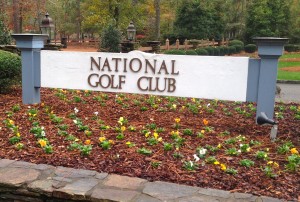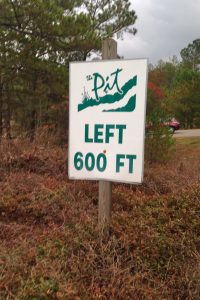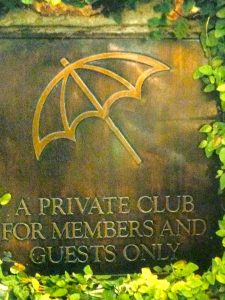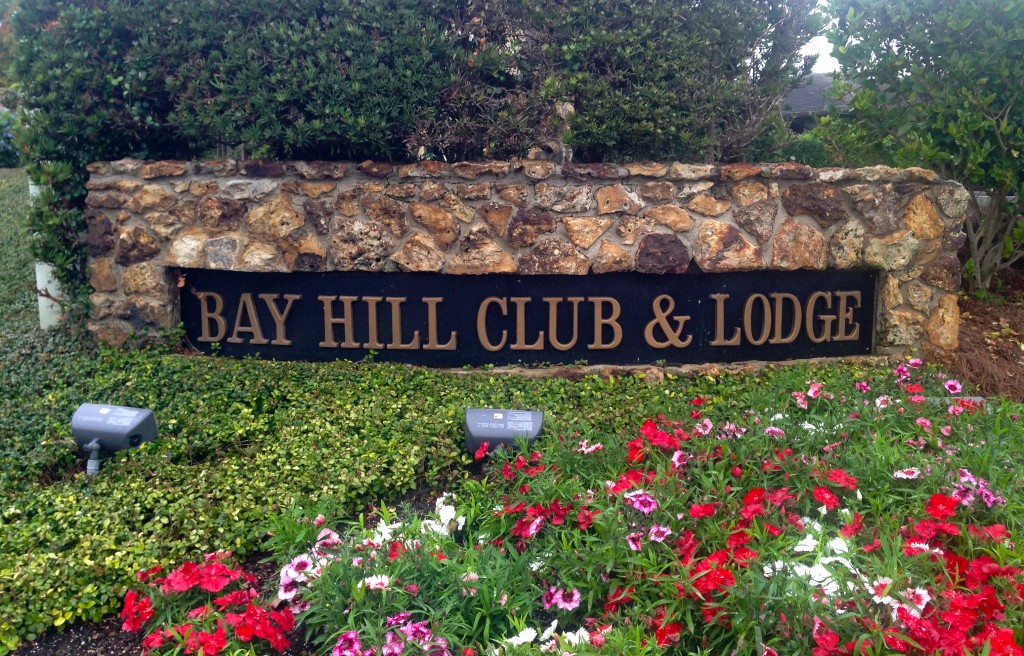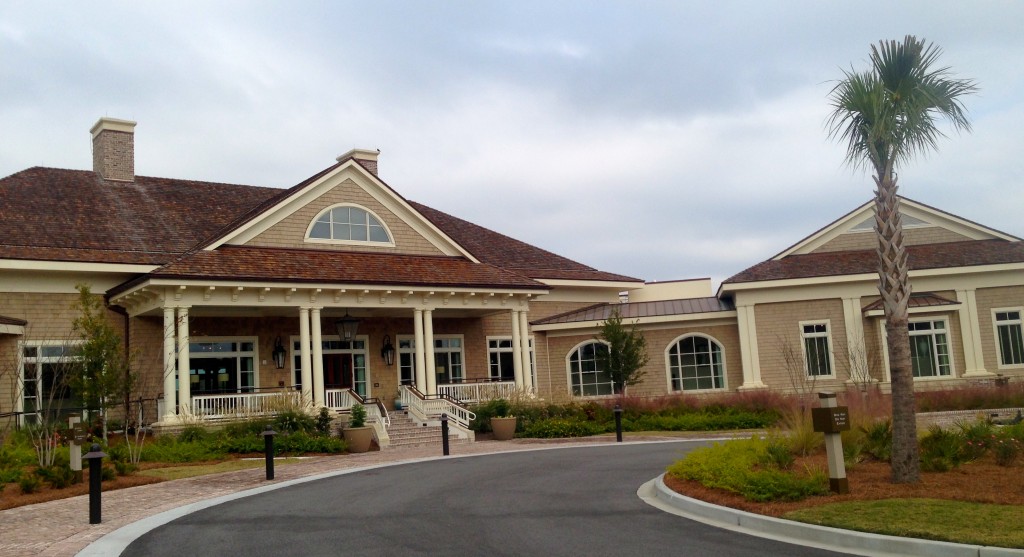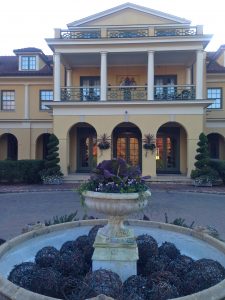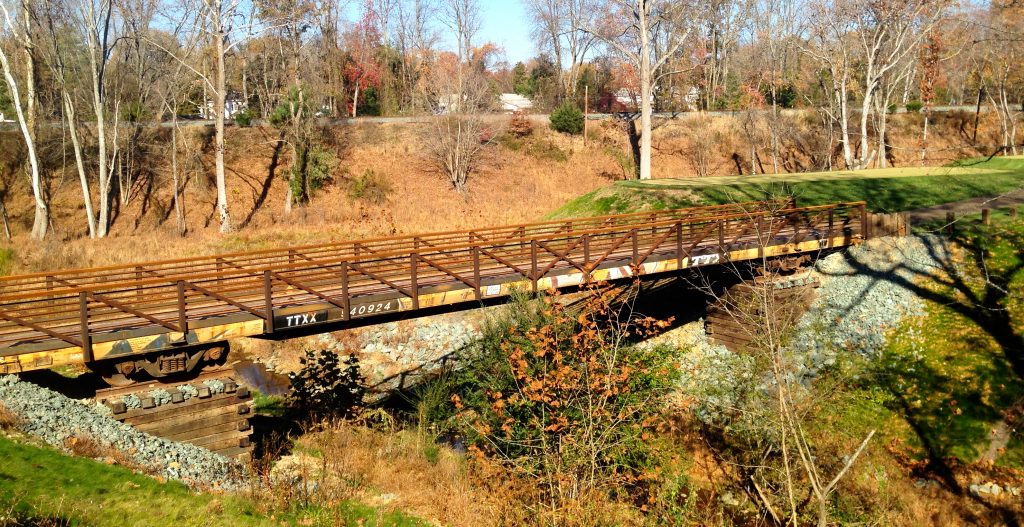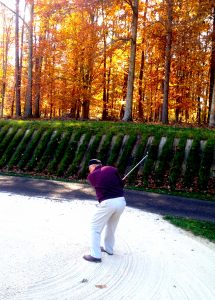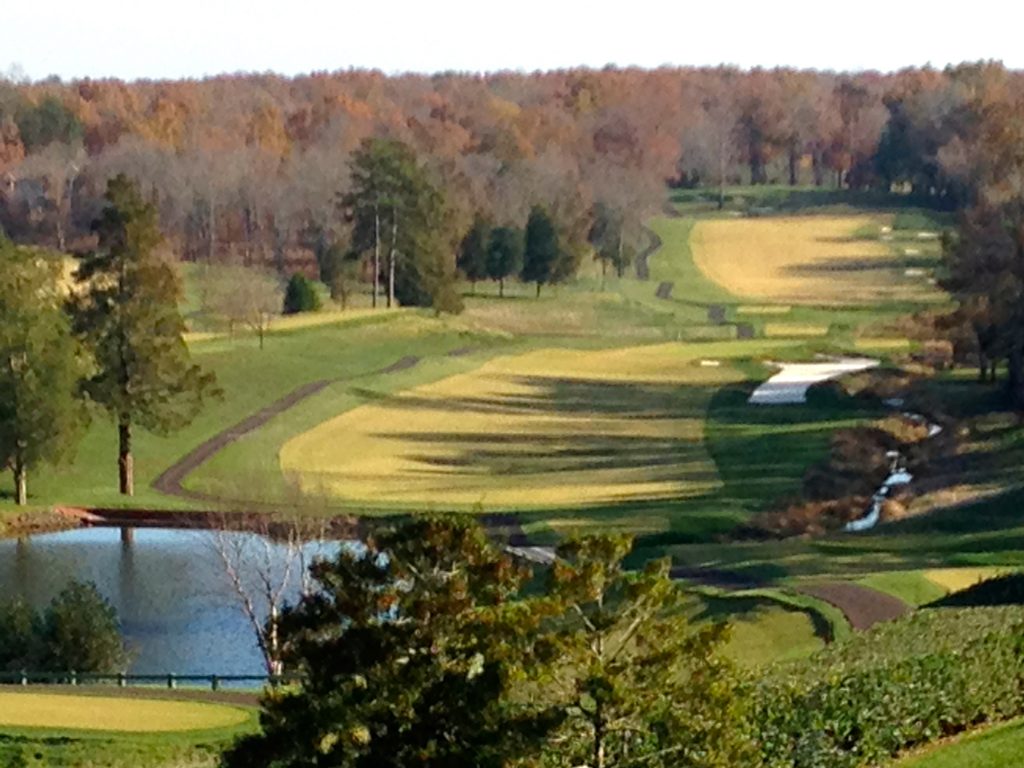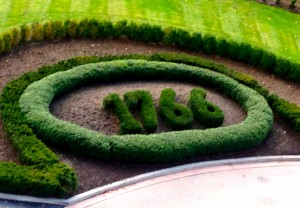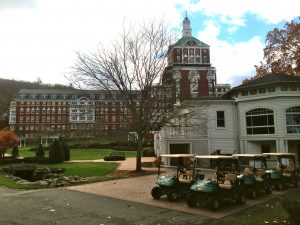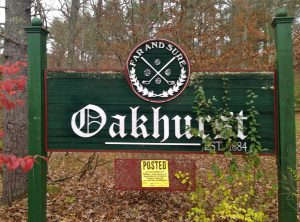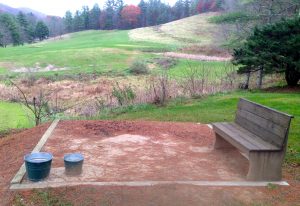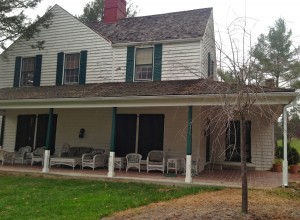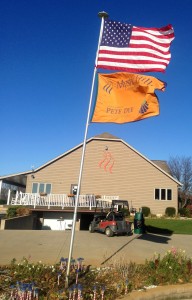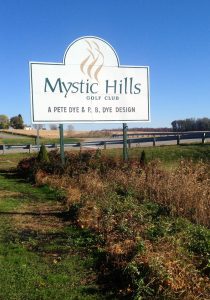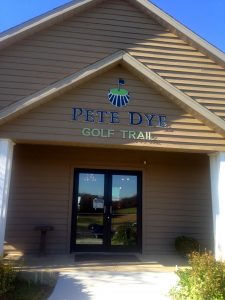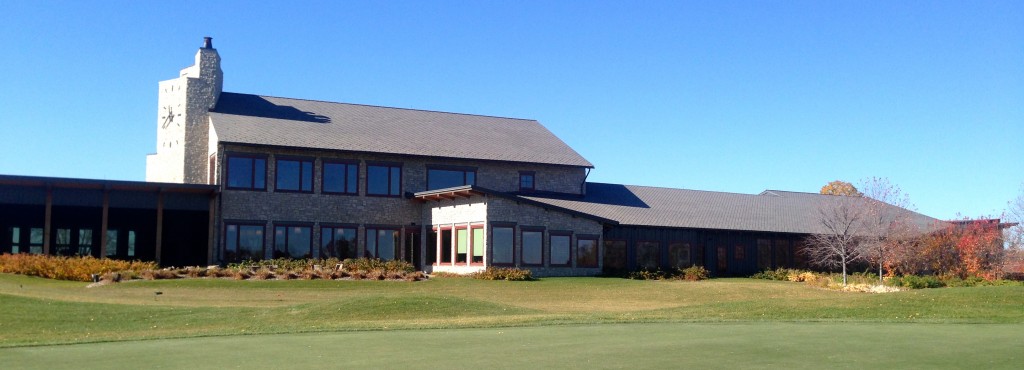Given the brutal winter of 2014, no doubt plenty of Chicago golfers will want out in search of warmer climates within the next few months. Many will likely head for Arizona. After all, in addition to the sunshine there are lots of good courses in that state and – for another diversion – the Cubs and White Sox will both conduct spring training there before the winter weather departs Chicago.
Those who opt for Arizona, however, don’t have to wait to cross the state line to play some interesting golf courses. The likely route to the Arizona line would be Interstate 80 out of the Chicago area through Iowa and Nebraska, then Interstate 76 to Denver and Interstate 25 to Albuquerque, N.M.
From there it’s a straight shot for about four hours on Interstate 40 to Winslow, Ariz. –- the town made (somewhat) famous by the Eagles’ song, “Take It Easy’’ – and it’s not much further to more typical Arizona destinations like Flagstaff and the Grand Canyon.
Before reaching Arizona, though, consider these golf options, most all of them within an hour of the main highways on the route:
AMANA
First state out of Illinois is Iowa. The Harvester Golf Club – the best-known public course in Iowa – is a little further down Interstate 80 near Des Moines, but I’d suggest a stop about an hour before that — in the Amana Colonies on the outskirts of Iowa City and Cedar Rapids.
Amana’s hilly course, designed by William Spear and opened in 1989, may have a few too many blind shots, but the elevation changes create some great views and interesting, fun challenges. The restaurants and shops in the Colonies are also worth a visit. The Colonies – there’s seven of them that date back to 1855 – have been designated a National Historic Landmark.
After leaving the Amana Colonies it’s only barely an hour’s drive to Rhodes, which is 25 northeast of DesMoines and the home of The Harvester. It’s a well-received Keith Foster design that opened in 2003.
INFO: amanagolfcourse.com, harvestergolf.co
TIBURON
After leaving Iowa the logical next stop would be in Omaha, the first big city in Nebraska. There’s plenty of courses in the area (16 in the city itself), but two stand out. Tiburon is the best. It has 27 holes, a definite plus, with its Hammerhead,, Great White and Mako nines.
I’m also intrigued by the city-run Johnny Goodman Course. This 18-holer honors arguably Nebraska’s most famous golfer. Johnny Goodman is the last amateur to win the U.S. Open, having captured the 1933 championship at North Shore in Glenview. Greens fees at both courses are most reasonable, but Goodman is generally a busier place.
INFO: tiburongolf.com, cityofomaha.org/parks/golf.
WILD HORSE
It’s always nice to find “hidden gems,’’ and this one might be the best one in Nebraska. It’s located in Gothenburg, 35 miles from the bigger town of North Platte. Wild Horse has an interesting history. Its designers are Dan Proctor and Dave Axland, who have a small architectural firm called Bunker Hill Golf Inc. Within the golf industry, though, they’re better known as the lead construction and shaping specialists for the much better known architectural duo of Ben Crenshaw and Bill Coore.
Crenshaw and Coore handled the renovation of Pinehurst No. 2 for last summer’s U.S. Open. They also created a well-received Nebraska course, Sand Hills. Proctor and Axland worked for them on that projected.
We’ve strived to keep our golf stops reasonably close to the main highways, but another Nebraska possibility — the upscale Prairie Club in Valentine – should get some consideration. It has three courses, all created by well-known designers – Tom Lehman (Dunes Course), Graham Marsh (Pines) and Gil Hanse (Horse).
Prairie Club, about 300 miles from both Omaha and Denver, is managed by Chicago’s well-respected KemperSports. Visiting the Prairie Club requires a significant departure from our designated route to Arizona, but the stop is well worth it if you have the time.
INFO: playwildhorse.com, theprairieclub.com.
FOSSIL TRACE
This one is owned by the city of Golden, a suburb one mile outside the Denver limits and the home since 1873 of the beer manufacturer Coors. One of my favorite architects, Jim Engh, designed the Fossil Trace course, which opened in 2003.
Fossil Trace is reasonably priced and fun, though some might think it on the gimmicky side. Engh’s signature hole, No. 12, has fossil rock formations in the middle of the fairway. The other holes range from a 100-yard par-3 to a 659-yard par-5.
This course is the closest to a must-play layout on our road to Arizona. It’s adjacent to the foothills of the Rocky Mountain Front Range and 15 minutes from downtown Denver. Golf Digest also rates it among its Top 50 Courses in America for Women.
INFO: fossiltrace.com. (RICH, FYI: PHOTO OF NO. 12 SEEMS IDEAL TO SUPPLEMENT THIS PIECE).
PAA-KO RIDGE
Some say this is the best course in New Mexico, and it’s certainly one of the longest – 7,667 yards from the tips. It’s located 17 miles from Albuquerque in the town of Sandia Park.
Paa-Ko Ridge has 27 holes with extreme elevation changes. It’s very scenic thanks to its mountainous location and probably the most challenging course on our road to Arizona. Golf Digest named it the Best New Course in America for 2000.
The University of New Mexico, in Albuquerque, also has one of the better college layouts in the country. It’s also one of the oldest, having opened in 1966. This course is known for its extremely quick, tricky greens and unusual location. It’s next to an airport, which means incoming and outgoing aircraft might present a distraction.
INFO: Paakoridge.com, unm.edu.

